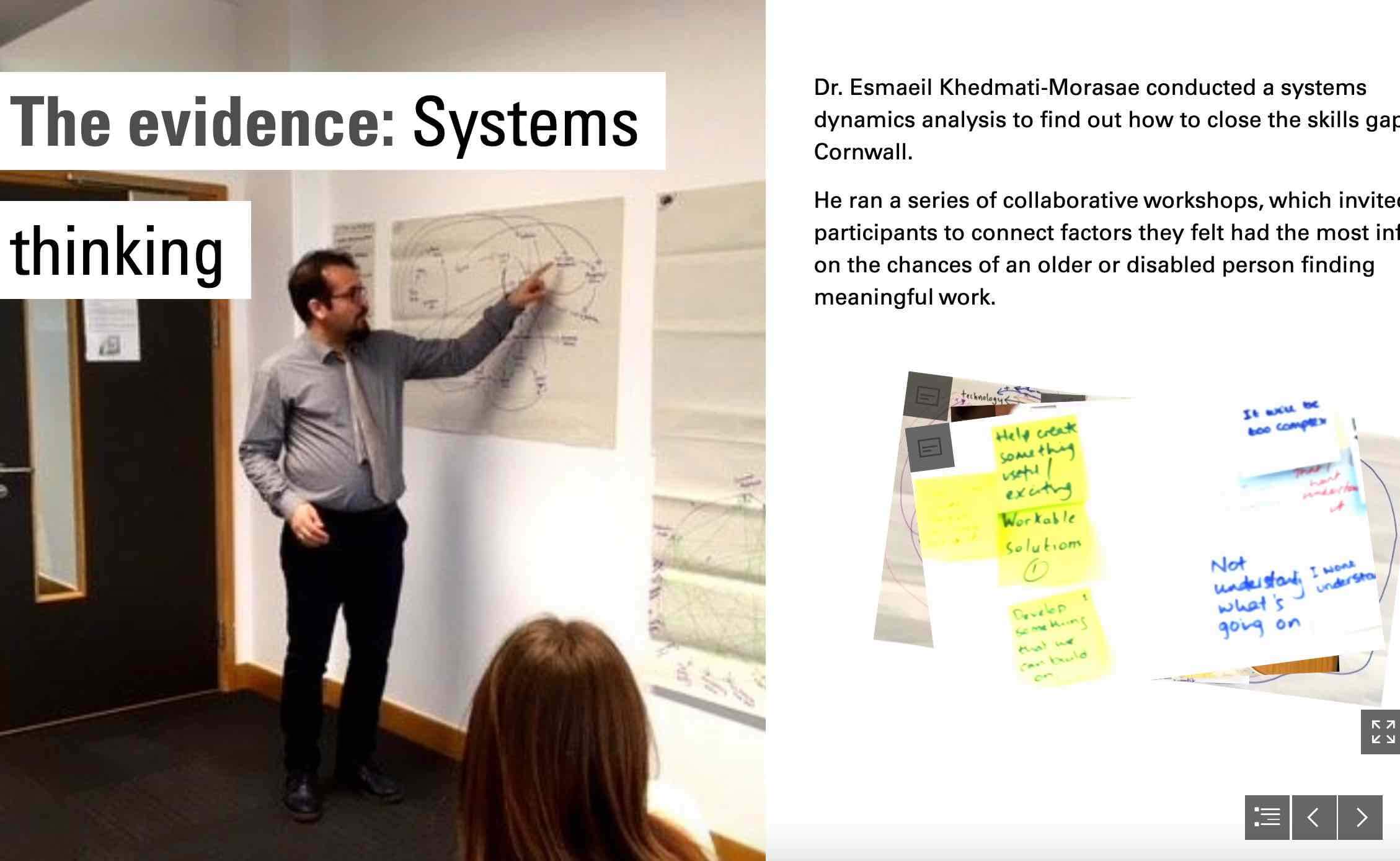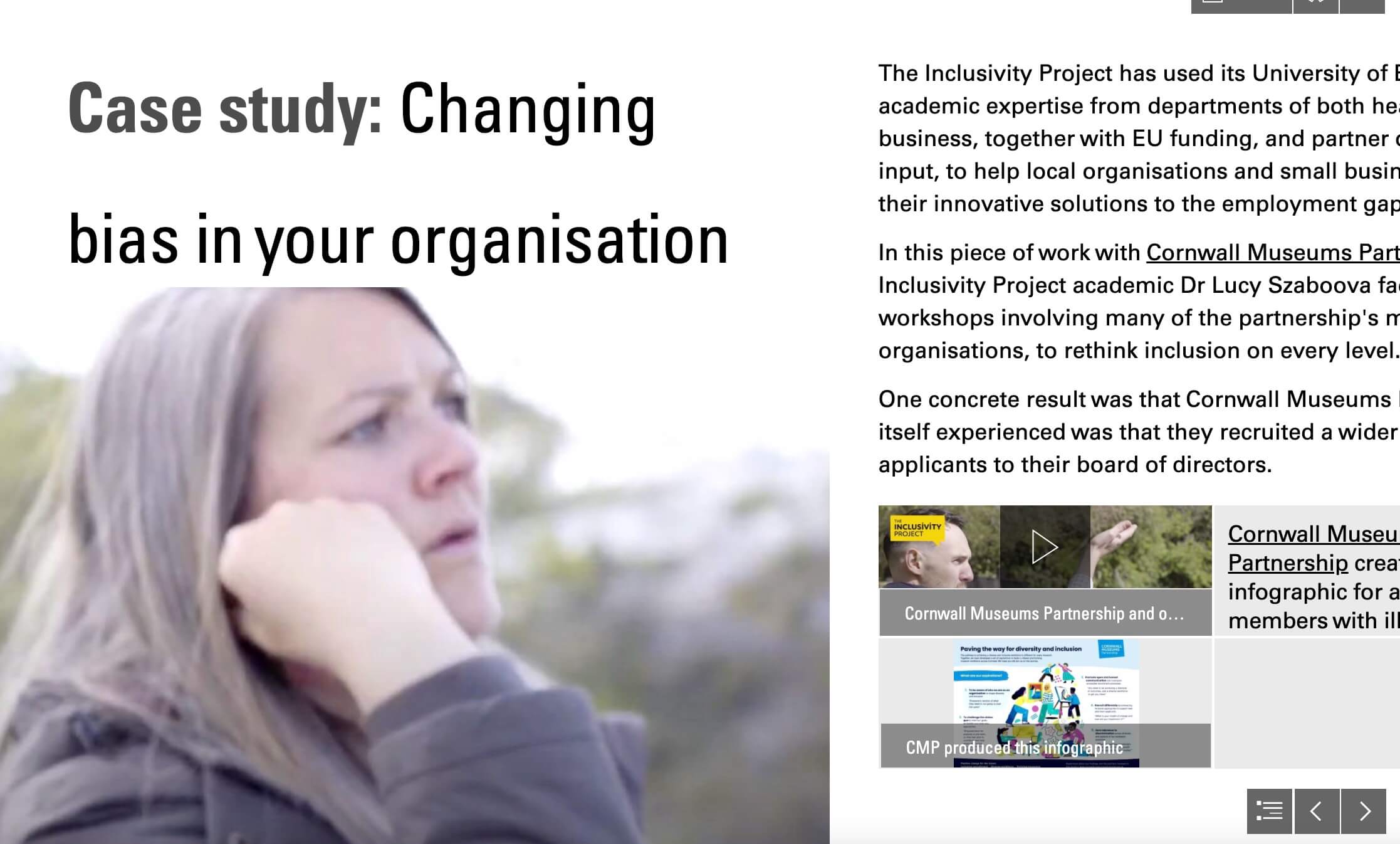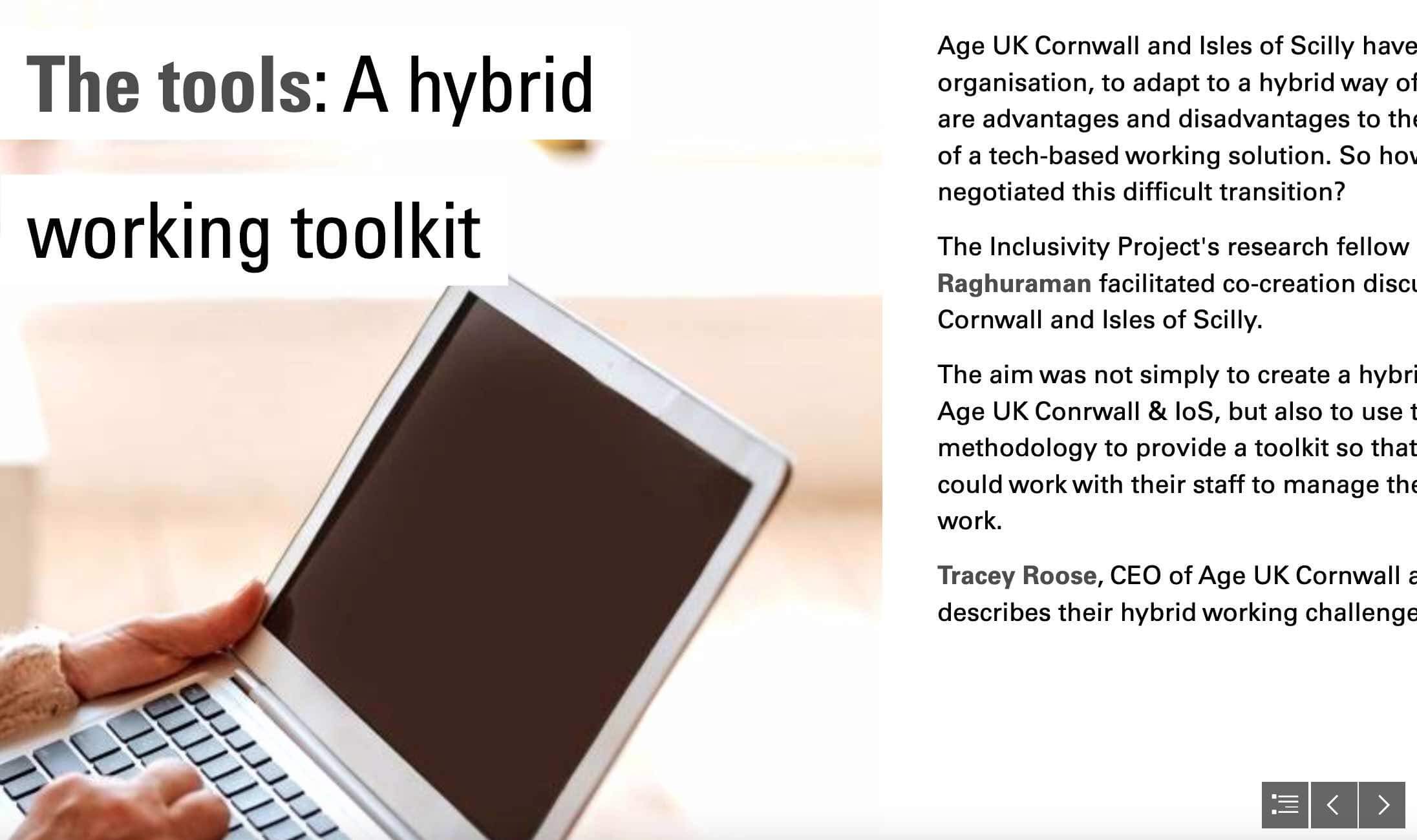COVID-19 lockdowns changed the working world overnight for everyone.
The changes that happened were things that many disabled people had sought for decades.
The ability to work from home, including the relevant tech; flexible working hours rather than a strict 9 to 5 schedule; and the use of internet technologies for meetings, were all things that many disabled people had thought possible and had requested from their employers, only to frequently be denied for a variety of reasons.
Usual reasons employers said disabled people couldn’t work remotely were:
- Cost
- Technical difficulties
- The need/desire for all staff to be in the same place at the same time
However, flexible as work became, this new situation did not suit everyone.
For example, there has been an increase in reported negative mental health issues as a result of the enforced isolation.
Many disabled people, who already felt isolated and separate from the mainstream, greatly missed coming together with colleagues in a shared work place.
Many people also missed the collegiality of working with other people, the shared space and time together over a morning coffee, or during a lunch break.
Others missed sharing ideas with each other in a shared workspace and in face-to-face meetings.
And the gains that had been made in terms of physical accessibility of businesses towards customers were set back by one-way systems, screens, and hand sanitiser set at a height accessible to the majority, to the exclusion of the disabled fifth of the population.
The pandemic did demonstrate what is possible!
Moving forwards, it must be possible to increase our organisational inclusivity by adopting some of these measures where appropriate, to increase our reach to as many people as possible.
In some ways, disabled people had a head start with this new way of working – some people had been remote working for years and their organisations had developed relevant policies and procedures to facilitate this. These organisations have great learning and expertise to share with the wider word, which is still finding its way through the pandemic.
At the same time, the disabled community was experiencing a great deal of anxiety and distress.
Over 60% of the people who died through Covid were disabled people, and people with long-term health conditions.
Many of the people who survived do not feel comfortable leaving their homes or mixing with the population at large, either indoors or outdoors.
Their return to work is going to be part of a managed change process to ensure their continuing safety and wellbeing.
The enforced COVID isolation was even more intense for many disabled people, including those who employ Personal Assistants (PAs).
These PAs are employed for a range of tasks according to individual need, and which might include coming to get the person out of bed, washed and dressed, fed and hydrated, the administration of medication, and many other daily routines that non-disabled people do not even think about.
There were problems getting correct Personal Protective Equipment (PPE) for care staff, who were not recognised as key workers for a long period at the start of the pandemic.
This further added to the anxiety experienced by many disabled people.
Working from home, we all had a taste of the daily reality of life for many disabled people.
Many disabled people do not have the personal freedom to just go out into the world, meet friends for a drink, go out for a meal, or just go into town.
For many disabled people these places and spaces are not accessible, and a simple trip to the cinema requires advance phone calls to check accessibility, seat availability, and basic facilities such as an accessible working toilet facility that is not rammed full of cleaning products, buckets and mops!
During COVID everyone had to phone in advance of going to public spaces to check they were open and what they were offering.
The airwaves were filled with regular complaints from non-disabled people about this infringement of their personal liberties. Just imagine having a mobility impairment and having to do this all the time!
Explore and share our free digital resources on workplace inclusion
We have produced three digital resources for you to use and share. Use them to start conversations, share the links, or embed them on your web site.





Recent Comments